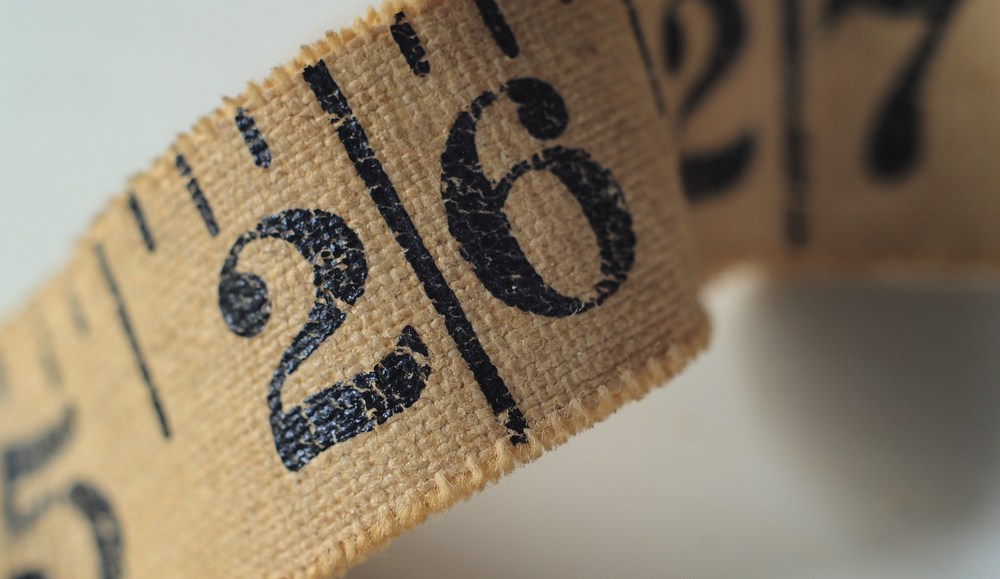Insights from CTV leaders at Dentsu, Horizon Media and more

Publishers still aren’t sure how to measure the effectiveness of native ads. Some say pageviews are the answer. Others say the proof is in engagement. At the Digiday Publishing Summit this week, we asked several publishers how they quantify the success of native ads at their publications. Here’s what they had to say.
Robyn Peterson, chief technology officer, Mashable
We measure it based on engagement with that content, whether it’s on site or off. So share counts are a big deal for us. How often do — and what percentage of — people come to the article, read it and then share it off to Facebook? That’s really a meaningful metric for us.
Rich Routman, chief revenue officer, Sporting News
We have tried to move away from click-through rates overall because we think it’s just a little bit of a Stone Age metric. From our side, measuring effectiveness is driven by pageviews. It’s driven by the amount of time people are spending on that page. It’s driven by the number of people retweeting that story. [It’s] any kind of engagement that we can drive that can be more organic than someone just clicking on the page.
Mark Howard, chief revenue officer, Forbes
For native advertising, we’ve been using publisher metrics. The whole concept is that brands act as publishers. So for that, we’ve given them the same dashboards that we actually give our staffers and contributors. Meaning, they can go in and look at any time — updated every 15 minutes — at their pageview counts, unique visitor counts, followers, shares, comments counts, and be able to sort that data over any time period they want. We’ve also given them a second dashboard that looks at their social metrics that come with their content. So as that content is distributed across the Web, via sharing or copy-pasting and being linked to any social feeds, we can look at social actions and referrals by social network.
Samantha Skey, chief revenue officer, SheKnows
We measure the efficacy of native ads approximately the same way we measure efficacy of content. So essentially, volume of interest, depth of interest, time spent engaged interacting with it, and then the desire to share. We also look at the amount of engagement that follows the first interaction of what the ad unit might be. Like other content we evaluate, we look at how many people find it interesting.
Tessa Gould, director of native ad products, Huffington Post
It depends on the advertiser objectives and what they’re trying to see, but by and large, at the moment, the biggest driver area and interest area for advertisers and brands is definitely engagement. Engagement means time spent on page, social actions, retweets. Those are the biggest areas of focus right now.
More in Media

Digiday+ Research: Publishers pull back their dependence on digital revenue
After a year in which publishers shifted their revenue dependence away from traditional channels and toward digital channels, 2025 has seen a shift back toward more of a balance between traditional and digital revenue sources.

LinkedIn makes it easier for creators to track performance across platforms
Creator data is becoming more accessible to third-party vendors via a new API — another step in LinkedIn’s creator platform evolution.

Ad Tech Briefing: The ‘plumbers’ posing as the unlikely saviors of the internet
After several false dawns, can Cloudflare’s ‘anti-AI scraping tool’ finally offer publishers a road to commercial redemption?





